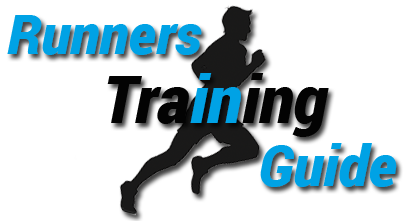High Altitude Training

The Benefits and the Myths
Many people say that by training in high altitudes you will dramatically increase running times upon a return to low altitudes. In fact, many of the worlds best runners live and train in high altitudes, such as recent Boston Marathon champion Robert K. Cheruiyot from Kenya.
A majority of the rationale is based upon the obvious lack of Oxygen at higher altitudes and the assumption that your body would learn to permanently adapt to this problem while maintaining the benefits achieved from low altitude training. The problem with these assumptions is that they just might be wrong.
After reading several fitness journals and physiological studies, I have found that high altitude training may not be all that it is cut out to be.
From Rice.edu
The first thing that happens is your respiratory rate and heart rates speed up. This occurs both at rest and during sub-max. exercise. This helps offset the lower partial pressure of oxygen. You will not be able to reach your max VO2 so dont get frustrated. The faster breathing rate changes your acid-base balance and this takes a little longer to correct. The longer term changes are
- a decrease in maximum cardiac output a decreased maximum heart rate
- an increased number of red blood cells
- excretion of base via the kidneys to restore acid-base balance. (Unfortunately, the net result is that you have less tolerance for lactic acid.)
- a chemical change within red blood cells that makes them more efficient at unloading oxygen to the tissues.
- an increase in the number of mitochondria and oxidative enzymes.
Although there is the benefit of an increase in your bodys red blood cells, which carry oxygen throughout your body, resulting in an increase in your bloods oxygen carrying capabilities, two of the physiological changes are negative and could be very disruptive to long term training goals. Take for instance the lowered tolerance for lactic acid. Lactic Acid is what causes your muscles to feel worn out or sore during effort and usually the goal is to try and increase your bodys tolerance rather than lowering it. Lowering it will cause you to tire quicker during training and/or races, which is a definite problem. A decrease in maximum cardiac output also poses another problem, as it reduces the maximum capacity at which your body can operate under stress.
Studies suggest that the optimal high altitude training would be training high and sleeping low. What this means is that if you have the option to train in high altitudes and sleep in low altitudes, then your body will most likely adopt the positive benefits without adopting the negative benefits. However, this theory is still just that and although the science is sound, it is more complicated than that. In many cases, some people may not have the option to sleep low, in which case your best bet is to try and find higher ground to train in than you sleep in or follow the strategy outlined below.

A Good Strategy
Although there are a few negatives to high altitude training, I believe that the positives outweigh the negatives. Studies suggest an extra amount of carbohydrates to give your body more fuel, while also supplementing your diet with additional iron to support the growing red blood cells.
By planning your training properly, you can offset the decrease in lactic acid threshold with a routine designed to increase it, thereby balancing out the effect. My theory is that by focusing on endurance and stamina, you will be able to return to low altitudes with physiological changes that will benefit you in the short term for sure and possibly in the long term. I am currently training with this method and will be recording my results in order to find the real answer to whether or not high altitude training works (I am currently training in Afghanistan).
Already I can feel the effect of the altitude just by climbing stairs. Where before I could run a 30 minute 4 mile at a moderate pace, I am now running 16:30 2 mile times and sucking wind badly. As I begin to acclimate to the altitude and my times resume some sort of normalcy, I look forward to completing this experiment. I look forward to hearing about your experience with high altitude training as well.
